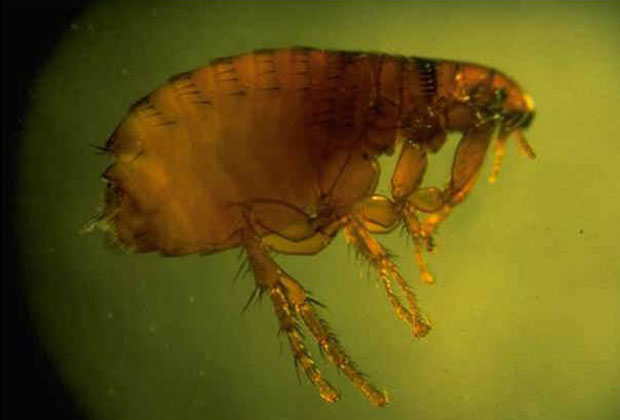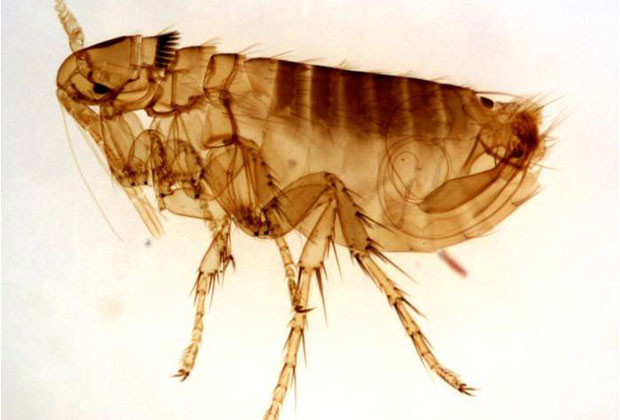Flea Facts
Cat Flea Facts
- 1/16 of an inch in length.
- Reddish-brown in color.
Flea Photos
-
 Cat Flea
Cat Flea -
 Cat Flea
Cat Flea - View More Photos
Cat Fleas
The cat flea is a slight, extracting insect of the order Siphonoptera. Adults span from one to two mm long and are typically a ruddy russet hue, even though this can differ. The cat flea, and all additional fleas, is compacted horizontally.
What Are Cat Fleas?
The female cat flea positions her eggs on the host. But, once dry, the eggs have progressed to sieve out the animal fur of the host in the latent and shielding zone of the host.
The eggs formulate into larvae. Flea larvae nourish on a diversity of biological matters, but the majority highly survives on dry blood that is sieved out of the fur of the host once it is left there as adult flea fecal matter. Therefore, the adult inhabitants on the host nourish the larval populace in the host’s location.
Flea larvae transform via four stages prior to turning a cocoon and penetrating the pupal phase. The pre-emergent flea does not typically appear as a undeveloped adult flea until the existence of a possible host is apparent by heat or pulsation. Recently occurred fleas are moved to leap to a different host within seconds of appearing from the cocoon. The new flea starts feeding on host blood in minutes.
Cat Flea Infestation
The cat flea’s main host is the household cat, but the cat flea is likewise the chief flea pervading dogs in most parts of the globe. Humans can be masticated, though a lasting populace of cat fleas cannot be continued while invading humans.
How to Get Rid of Cat Fleas
Launder all pet bedding, including everything your pet comes into contact with. If possible, dry on the hottest setting for twenty minutes. This will exterminate adults, larvae, and eggs. Purchase a dehumidifier. Fleas necessitate 50% or higher moisture to survive. Keeping the humidity below 50% for two days will exterminate adult fleas and larva while keeping eggs from hatching. Vacuum the home, paying particular attention to areas with little exposure to sunlight. Prune lawns and dispose of weeds. Bathe your pet(s). Give your pet(s) a flea bath. Purchase a flea collar for each of your pets.
Cat Flea Bites & Treatment
A small number of fleas on adult dogs or cats trigger slight damage, unless the host becomes allergic to matters in spittle. The illness that ensues is known as flea allergy dermatitis. Small animals with great swarms can lose sufficient bodily liquid to feeding fleas that could end in desiccation. Cat fleas likewise might be accountable for infection distribution via humans, and have been assumed as distribution proxies of outbreaks.
Cat fleas spread additional vermin and contagions to dogs, cats, and even humans. The most well-known of these are Bartonella, murine typhus, and apedermatitis. The tapeworm Dipylidium caninum can be transferred when an undeveloped flea is ingested by pets or humans. Furthermore, cat fleas have been noticed to transport Borrelia burgdorferi, the etiologic cause of Lyme disease, but their aptitude to spread the illness is undecided.

